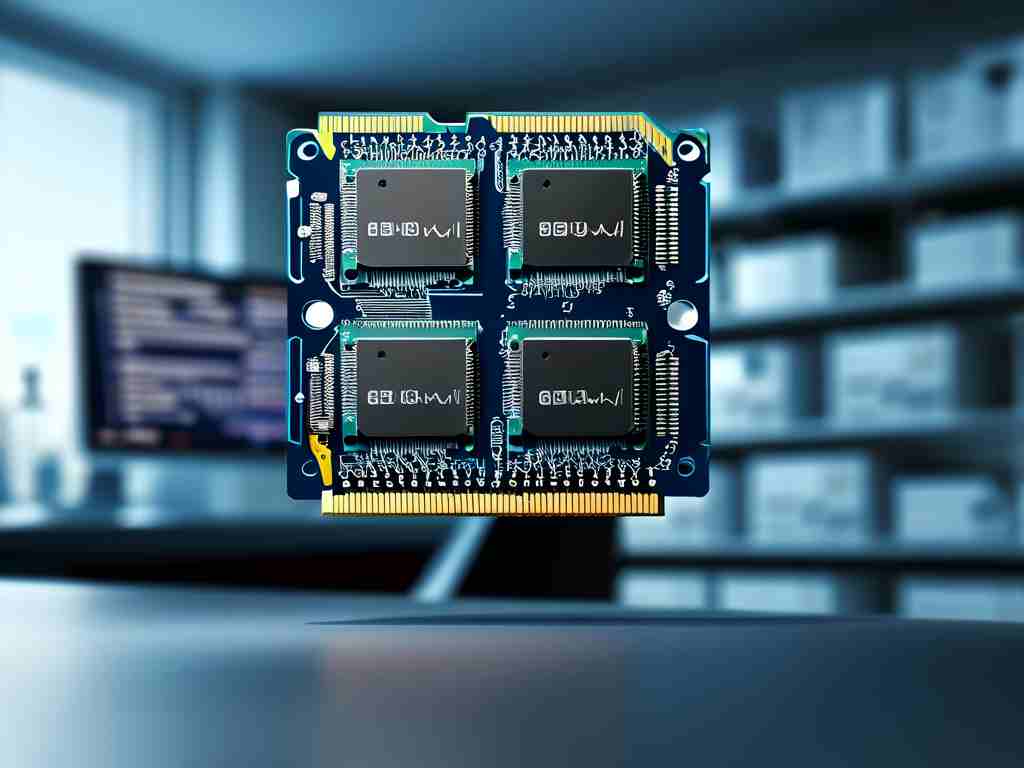Understanding how to calculate the average memory access time (AMAT) is crucial for optimizing computer system performance. This metric directly impacts processing efficiency, especially in systems relying on hierarchical memory architectures. Let's break down the concept, formula components, and practical applications while addressing common misconceptions.

The Fundamental Formula
The standard formula for AMAT is:
AMAT = Hit Time + (Miss Rate × Miss Penalty) This equation applies to multi-level memory hierarchies, where "Hit Time" represents the time taken to access data from the fastest memory layer (e.g., L1 cache). The "Miss Rate" indicates the percentage of failed attempts to find data in that layer, requiring retrieval from slower subsequent layers (like L2 cache or RAM). The "Miss Penalty" accounts for the additional time needed to fetch data from these lower levels.
Practical Calculation Example
Consider a two-level cache system:
- L1 Cache: 2ns access time with 90% hit rate
- L2 Cache: 8ns access time with 95% hit rate
- RAM: 60ns access time
For L1 cache:
AMAT_L1 = 2ns + (10% × AMAT_L2) For L2 cache:
AMAT_L2 = 8ns + (5% × 60ns) = 8ns + 3ns = 11ns Final calculation:
AMAT = 2ns + (0.1 × 11ns) = 3.1ns This demonstrates how higher-level caches significantly reduce effective access times despite slower backup memory layers.
Critical Factors Affecting AMAT
- Memory Hierarchy Design: Adding cache levels improves AMAT but increases complexity
- Spatial/Temporal Locality: Access patterns significantly influence hit rates
- Prefetching Algorithms: Proactive data loading can reduce miss penalties
- Memory Controller Efficiency: Determines actual penalty realization
Common Misconceptions Debunked
Myth 1: "Faster RAM always improves AMAT"
Reality: Only impacts systems with high cache miss rates. For 95% L1 hit rates, RAM speed improvements yield <2% AMAT gains.
Myth 2: "Larger caches guarantee better performance"
Truth: Beyond optimal sizes, cache search times increase, potentially degrading hit times.
Advanced Optimization Techniques
Modern systems employ sophisticated methods to minimize AMAT:
- Non-Blocking Caches: Allow continued processing during cache misses
- Way Prediction: Reduces associative cache search time
- Compressed Caching: Stores more data in same cache size
- Adaptive Replacement Policies: Dynamically adjust based on workload
A 2023 study by the University of Michigan revealed that combining prefetching with adaptive replacement policies can reduce AMAT by 18-22% in big data applications compared to conventional LRU approaches.
Real-World Implementation Challenges
Engineers must balance theoretical models with physical constraints:
- Power Consumption: Faster memory requires exponential power increases
- Heat Dissipation: High-speed modules generate substantial thermal load
- Cost Constraints: Cutting-edge memory technologies often prove cost-prohibitive
Diagnostic Tools and Monitoring
Profiling tools like Intel VTune and AMD uProf provide detailed AMAT breakdowns:
- Cache hierarchy visualization
- Miss rate heatmaps
- Latency distribution charts
These tools help identify whether AMAT issues stem from hardware limitations or software memory access patterns.
Future Trends
Emerging technologies promise AMAT breakthroughs:
- 3D Stacked Memory: Reduces physical distance between layers
- Optical Interconnects: Faster data transmission between components
- Machine Learning Predictors: Anticipate memory needs with 90%+ accuracy
Mastering AMAT calculations empowers engineers to make informed decisions about memory architecture and optimization strategies. While the core formula remains straightforward, its effective application requires understanding complex system interactions and trade-offs. As computing evolves toward heterogeneous architectures and specialized workloads, the principles of AMAT calculation continue serving as foundational knowledge for performance tuning across all hardware domains.







